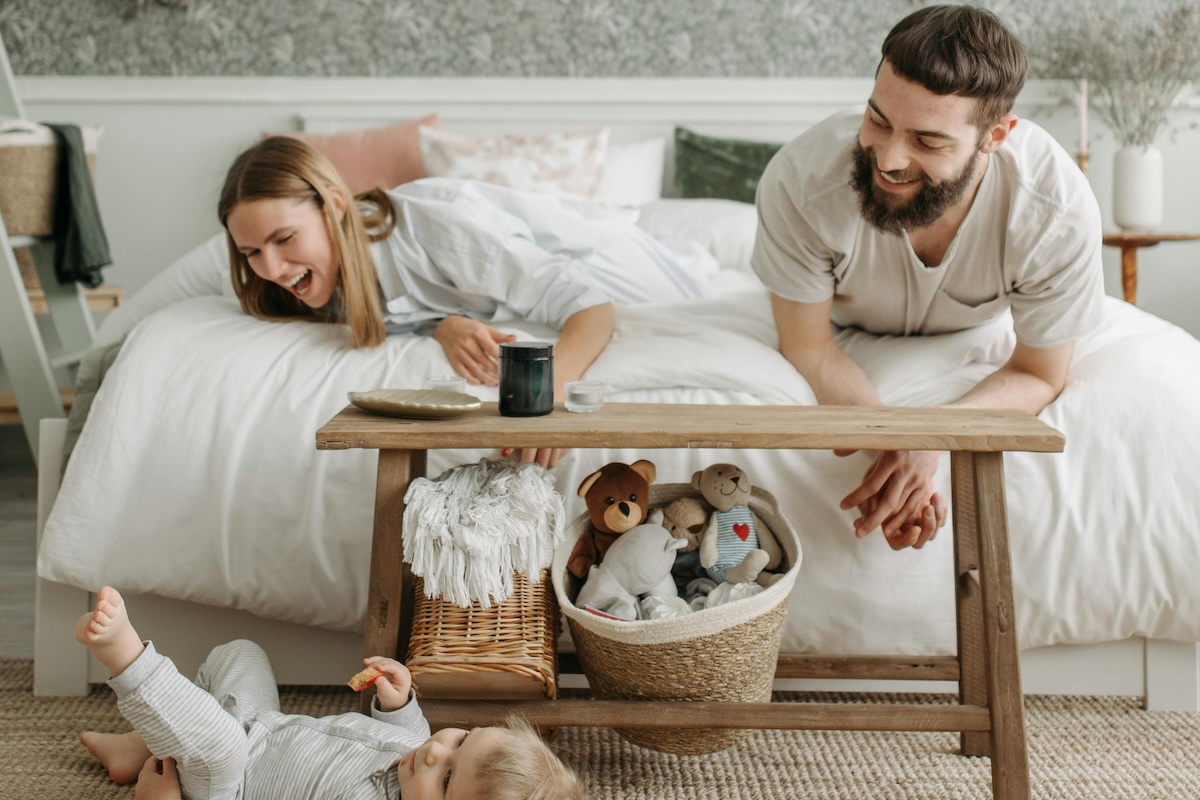What do we really know from research on class size? Twenty-five-year first-grade teacher here, all 25 frustrated with administrators who claim the benefits aren’t worth the cost of hiring additional staff. … I’d love to have some backup for my “experienced” opinion.
—Frustrated in First Grade
There is a lot of backup for you: the value of small class sizes is one of the most robust findings in the economics of education.
Perhaps the most famous demonstration of this relies on an experiment known as Project STAR, in Tennessee. In this experiment, run in the mid-1980s, Tennessee randomly allocated about 11,000 children in 80 schools into small (13-17 students) or regular (22-25 students) classes. Students stayed in their class sizes through elementary school.
Lots has been done with these data. In the first place, a number of papers analyzed the data (here is one, from 1999) and showed that test scores were increased significantly by being in small classes. Follow-up work, studying these kids as adults, shows that small classes also increase college-going rates, and metrics like homeownership and the income level of the area where you live as an adult. Put differently, it is not just that having a small kindergarten class increases your test scores in kindergarten; it follows you through your whole life.
This Project STAR data is the most widely cited, but there are other data (like this, from Israel) that show similar results: smaller class sizes leading to higher achievement. Intuitively, these results seem also linked with what we know about tutoring — namely, that one-on-one or small group tutoring can be an extremely effective way of increasing student achievement. The larger the class size, the less opportunity for this type of engagement. And, thus, the less learning.
Of all the educational interventions on which we could spend money, reducing class sizes is one of those with the very best evidence base behind it.
Community Guidelines















